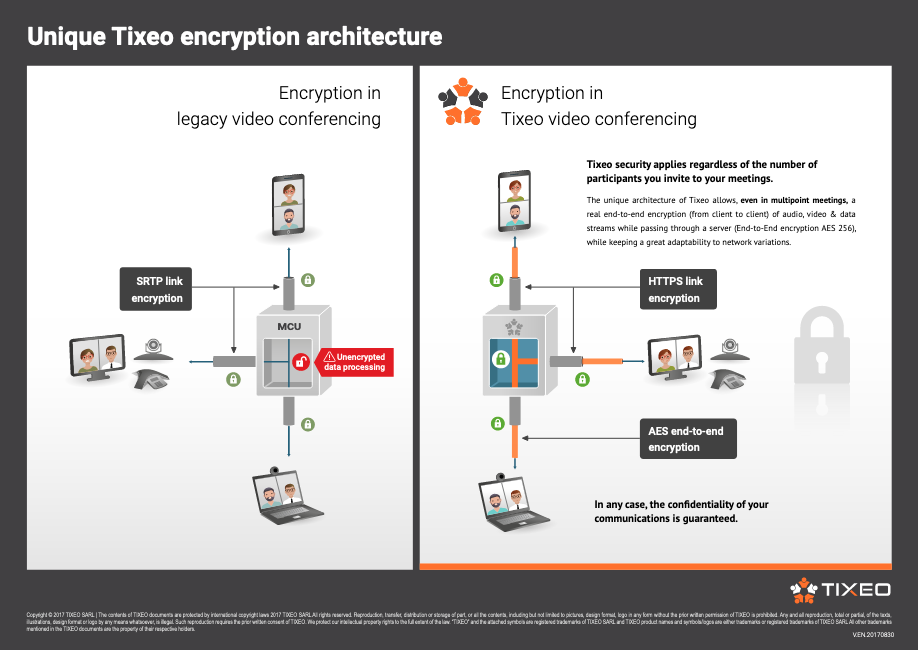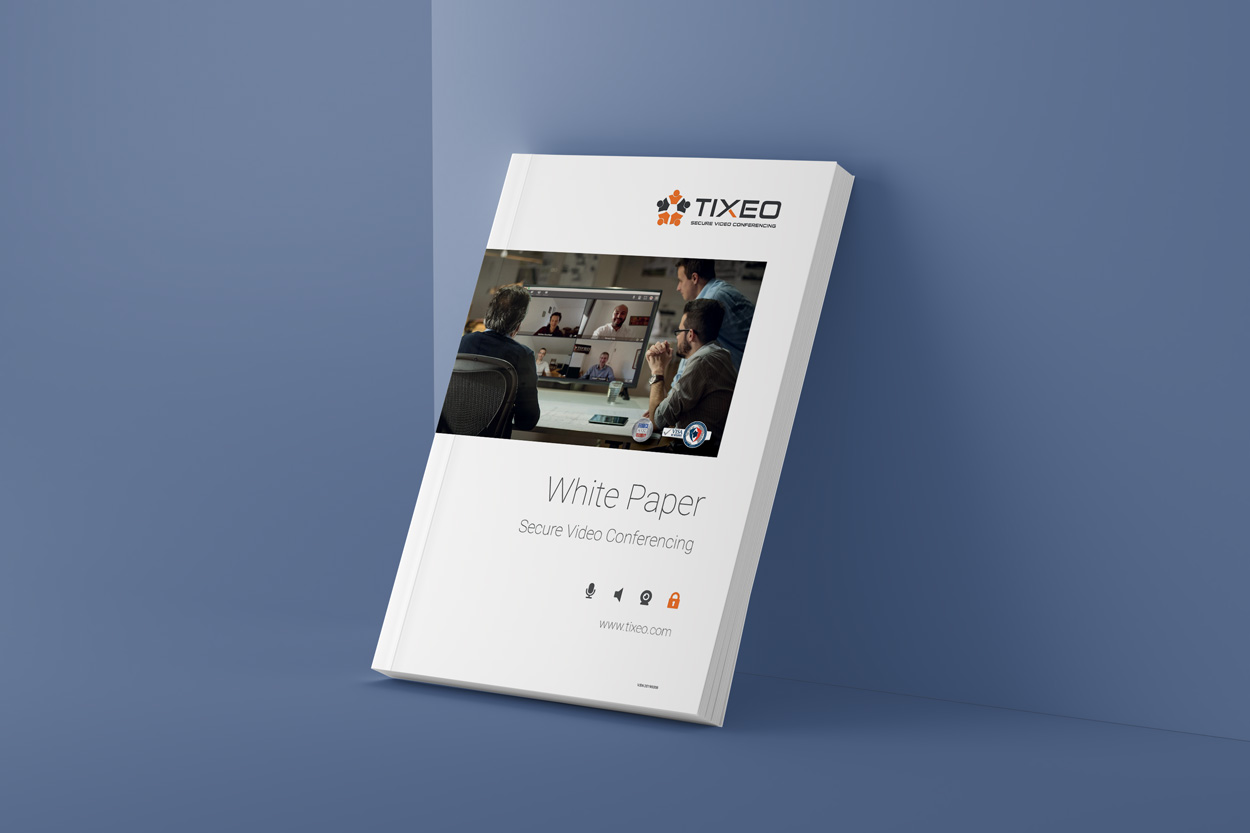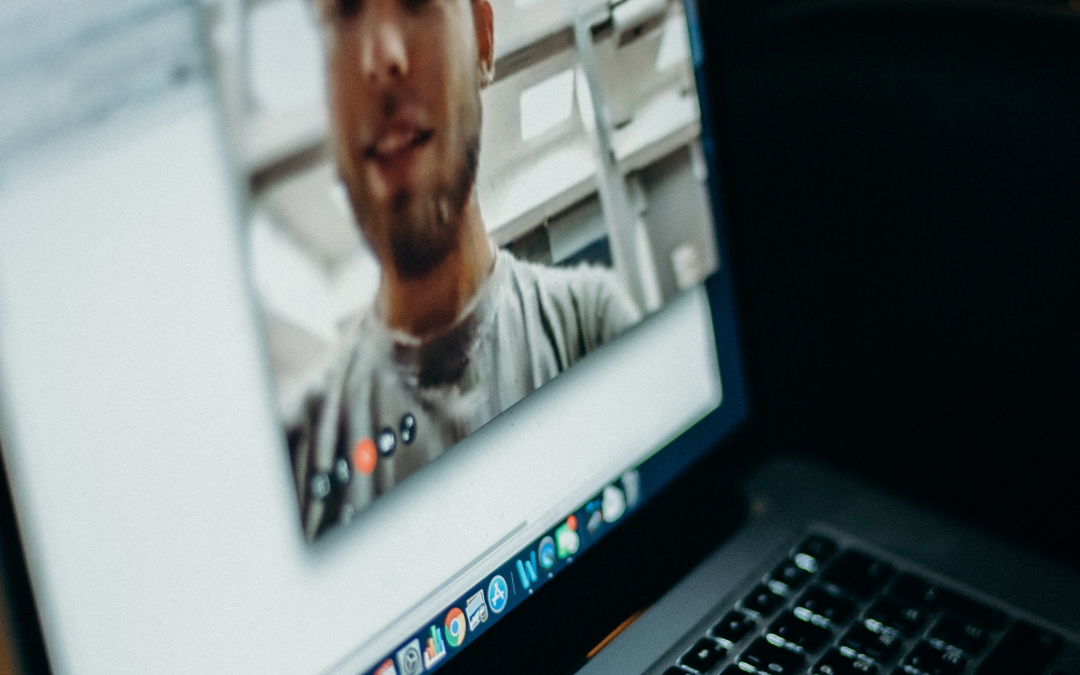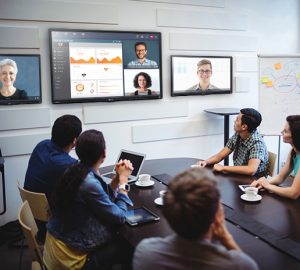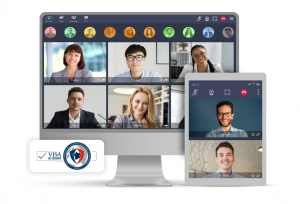The end of the year was rich in announcements about the cloud and the desire of politicians to increase the subsidies linked to it. On November 2, 2021, Cedric O (French Secretary of State for the Digital Economy) presented the industrial plan to support the French cloud sector, with a budget of 1.8 billion euros. On 10 November, the European Union announced that it would inject 1.98 billion euros into “digital Europe” in 2022. So much positive news for the future of the cloud in Europe: but be careful not to set it up as the only infrastructure and forget the traditional model based on the purchase of software licences (On-Premise). Indeed, in parallel with the massive use of the cloud, it is clear that the On-Premise model has a bright future ahead of it.
The cloud market continues to grow
For many years now, the cloud model has been a popular way to host solutions. According to IDC, the entire cloud ecosystem, beyond just the public cloud, will be worth over $1 trillion by 2024. It offers many advantages in terms of deployment, upgrading and maintenance cost management. It is for these reasons that most video conferencing services have migrated to the cloud on a massive scale.
At the same time, software editors offering licence purchase are becoming increasingly rare. Why would customers still use this model, which is perceived as cumbersome to deploy, outdated, costly for the company and requiring in-house skills? So many disadvantages, and not the least, at first glance…
To answer this question, it is essential to remember that, whatever some cloud leaders may say, the On-Premise model is not all bad. On the contrary, it continues to grow and today offers companies, like no other model, the possibility to keep control over security, privacy and guarantee the respect and integrity of personal data. In some cases, it may even be required by entities that categorically refuse hosting in a cloud whose parameters they do not control.
The On-Premise model is attractive
The company that integrates a solution on site has perfect control over its installation, which can be customised using the company’s directories, certificates or email servers. Of course, it is not always easy to deploy a new solution on its own servers, but some software editors facilitate this step by offering simplified installation processes or automatic updates.
Security is another reason why both private and public players are opting for this model. This is an essential condition, which is also sought after in everyday solutions, especially after the various cyber attacks on videoconferencing that have taken place during the last few years. An organisation that integrates a solution into the heart of its information system retains full control over it and can also choose whether or not to open it up to the Internet. Such a model allows the company to set precisely the level of security that it considers appropriate.
Moreover, hosting a service in-house means retaining complete autonomy over the storage of its data. A company that is not dependent on a third party retains full control over its technological strategy without any dependence on another entity, an important business argument at a time when the European public is becoming increasingly attentive to these issues. It is not always easy to know exactly what guarantees a cloud hosting company offers (backup generators, redundant network, support etc.). In some cases, it is better to be served by yourself.
Storing information without going through a third party also ensures full compliance with the GDPR and offers full transparency to its users about the use of their personal data. By doing so, a company has a clear view of the different data processing operations and does not need to negotiate or even make concessions that could jeopardise its strict compliance with the law.
It should be noted that it is not necessary to adopt a Manichean vision in its hosting strategy: some departments may decide not to rely on a single infrastructure and to opt for hybrid solutions.
Discover all Tixeo video conferencing solutions: in the Cloud or On-Premise
Hybrid cloud as an alternative
As companies around the world begin to prioritise infrastructure cost reduction, many have begun to consider the benefits of the hybrid model. This approach, which blends two or more types of environments (public and/or private cloud, and on-premises infrastructure), is the ideal solution for many businesses.
An On-Premise solution does not necessarily require a server physically installed at the heart of the company: private servers in the cloud are one such alternative. Some software editor allow data and services to be stored in a private cloud. The customer then benefits from dedicated hosting, managed by the publisher, thus eliminating all the deployment and maintenance steps that can be very time- consuming. As in a model with an installation on a local server, it is then possible to use the directories, certificates or the company’s own email servers.
It would be a considerable mistake to consider the On-Premise model, the true guarantor of our digital sovereignty, as outdated. On the contrary, the security it provides has never been more important. At a time when the United States has announced its support for the Paris Appeal on 11 November 2021 for trust and security in cyberspace, when threats are still growing, and when the European cloud (which the author of these lines supports) is developing at great speed, it is essential to reconsider on- premise hosting as essential to guarantee the security and independence of certain activities that are essential to our economy and to the functioning of the State.


![[How does it work?] End-to-end encryption](https://blog.tixeo.com/wp-content/uploads/2022/09/chiffrement-de-bout-en-bout-1080x675.jpg)
